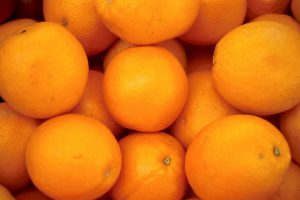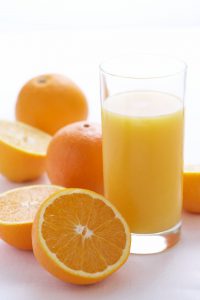Understanding the basics of blockchain and real-world applications
By David Branscome, Partner Technical Architect
Microsoft Azure allows customers to set up blockchain solutions to support their business initiatives. Customers can provision their own blockchain network in a globally distributed system, using Azure compute and storage infrastructure as the foundation. In this post, I explain the basics of blockchain with the help of a real-world scenario.
I came across a reference to blockchain as I was reading this article in ZDNet about several organizations creating a “Food Trust Framework” designed to decrease fraudulent food practices and increase food quality in the global supply chain. Most of the references to blockchain that I’ve seen before centered around the cryptocurrency, Bitcoin. This time it was discussed in the context of food safety which I found very interesting. The news article mentioned that there was a growing concern in China about counterfeit food and discussed how blockchain technology could help tackle food fraud.
Blockchain basics
The example below will help explain the principle behind blockchain.
We all understand the concept behind money. If I want to pay someone a dollar, I can hand them a dollar bill, and the transaction is complete. The other person has the physical, tangible object in their hand, so there’s no need for a third party to confirm the transaction.
However, imagine that I owe ten dollars to six different people, but I only have ten dollars in my bank account. And let’s say it’s possible for me to pay people by emailing them pictures of money. I take a picture of a ten-dollar bill and email it to all six people. At this point, nobody can claim the ten dollars in my bank account because there’s no proof that they are the only ones who have the picture of that bill.
But what if there was somebody that I had to email the picture of my money to first and who could hold me accountable for that payment? He would track my payment in his ledger and then pass it along to the intended recipient. If I tried to email a picture of the ten-dollar bill to someone else, the person with the ledger would say that the money had already been claimed.
Imagine that hundreds of people have a copy of that ledger, and it’s kept updated in real-time. If I tried to get one person to change their ledger to my benefit, others in the chain would prevent that from happening.
That’s blockchain – a shared digital ledger that allows you to verify and validate the transactions contained in that ledger. The ledger is shared among many machines in a decentralized, distributed, encrypted network, so nobody can artificially manipulate the data because all the other machines in the network serve as an integrity check.
Blockchain isn’t limited to financial transactions. It can be used to validate almost any kind of record, including records that impact food safety.
Preventing distribution of counterfeit food
Let’s consider how to apply blockchain to the food safety scenario.

Imagine I am a dishonest supplier of orange juice. When I receive an order to produce 500 gallons of orange juice I decide to use half the number of oranges and supplement the mixture with 250 gallons of water, so I can double my profits.
How can blockchain prevent this fraud? Blockchain allows a company (for example, the grocery store that buys my orange juice) to watch for anomalies in the production process that could indicate fraudulent practices.
The first assumption is that all the suppliers in the chain are required to put relevant records into blockchain, so the supply chain can be accurately tracked.
The blockchain records would show that I only received half the number of oranges from my orange grower needed to produce 500 gallons of orange juice. The Internet of Things (IoT) sensors tracking water consumption in my plant would show that I’m using a lot of water in my production process. Shipping records would show that I’m shipping twice the product that one would expect.
I can’t falsify my records because all participants in blockchain will be validating that my records match their own. This allows the grocery store at the end of the supply chain to backtrack and identify where orange juice has been diluted.

Similar to food safety, there are other interesting use cases of blockchain technology:
- The healthcare industry is investigating its use in tracking patient records and payment history
- The financial services industry takes advantage of this technology to validate financial transactions
- The energy industry uses it to protect against intraday price fluctuations in energy resources, such as solar and wind-generated energy.
Now that you know the basics, investigate blockchain and try it out for yourself!